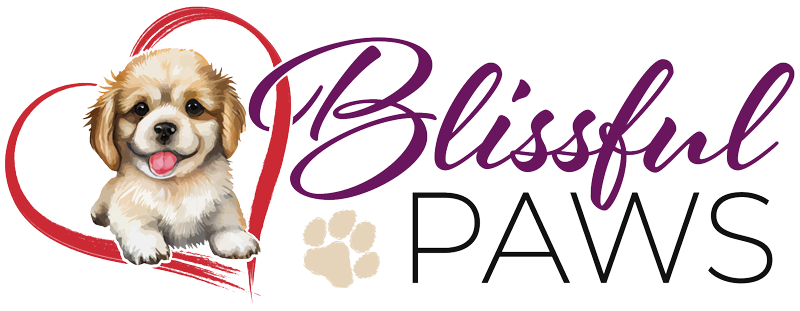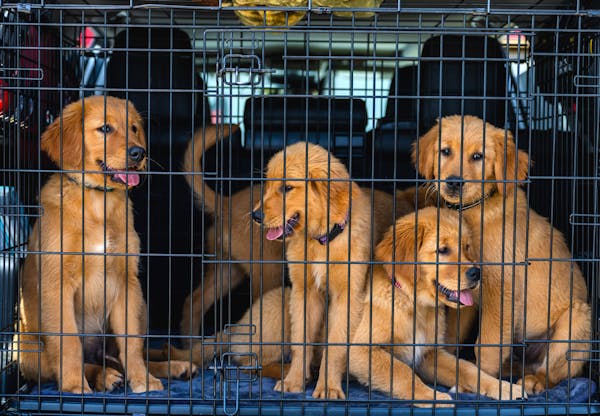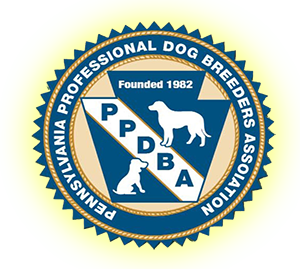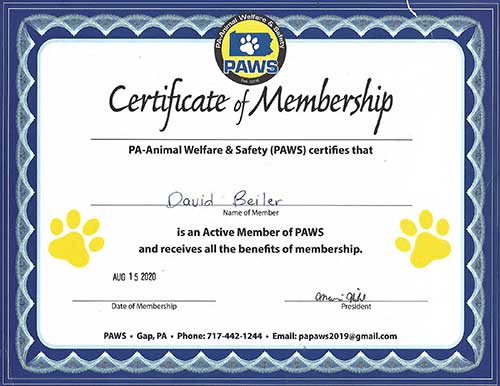When welcoming your new puppy to your home, start crate training as early as possible. Dogs instinctively look to create a shelter for themselves, a crate is a great place for them to calm down and rest when needed. Starting as early as 8 weeks old will help the puppy learn good behavior quicker as they are more adaptable in this stage. It will also keep your belongings safe when you leave the house, keeping the pup from chewing up your couch, shoes, or clothes while you’re gone. Here is our guide to mastering positive crate training for your new puppy.
Select the Right Crate
Different dog breeds require different-sized crates. You will need a crate that is big enough for the puppy to comfortably lie down, stand up, and turn around inside it. There are two options for picking the right-sized crate. The first is you can buy a smaller crate for your small puppy and then buy another one when they grow out of it. The second option is to buy a crate that would fit your fully grown dog and use dividers to section off the crate to make it smaller for your puppy.
Crate Materials
Crates can be made out of fabric, plastic, or metal frames. Fabric crates are more lightweight, which is better for traveling. The wire metal frames work best when you are using a larger crate that you are sectioning off for your puppy. Both metal and plastic crates are chew-proof, which is helpful for puppies when they are teething.
Location
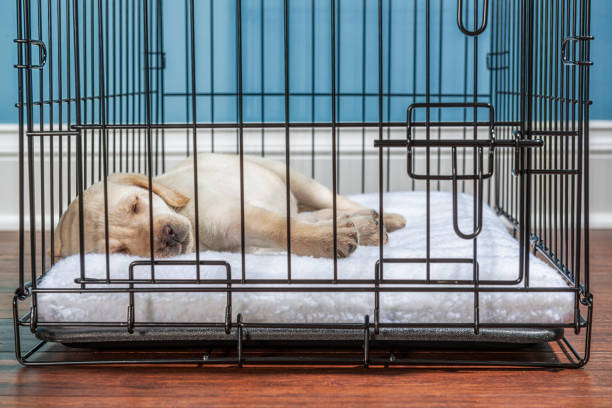
The crate should be located in a quiet but active area of the house, so the puppy can feel involved with the family even while inside the crate. Stray away from putting the crate in a secluded area, like the garage or basement. While those areas would be the quietest, Golden Retrievers and Goldendoodles are very social, they may start to feel left out and struggle with separation anxiety. An ideal spot to put their crate would be in the living room, giving them a quiet area to sleep in at night but allowing them to be with the family during the day.
Make the Crate Comfortable
Dog Beds
Use dog beds and blankets to make the crate a comfortable space for the puppy to rest. The blankets will have a familiar scent on them that will make the puppy feel safe and trust you more. Dog beds and blankets will enhance the positive environment you want to create, as the space will be where the puppy goes to calm down. Making the space more comfortable will also help with potty training. Dogs instinctively do not want to soil where they sleep, so they will not soil the crate if it is full of their blankets.
Dog Toys
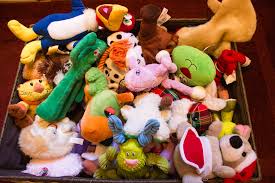
Dog toys are very helpful in creating a positive experience for the puppy. Have dog toys in the crate to give them something to play with if they have to be locked in for a time. For dogs with a lot of energy, like Golden Retrievers and Goldendoodles, having toys in their crate will help them exhaust their excess energy. It will give them something to do while they try to settle down and fall asleep.
Introduce the Crate to Your Puppy
When it’s time to introduce your puppy to their new crate, make it a gradual introduction to help them become more comfortable. Place treats inside the crate to help lure your puppy inside if they seem hesitant. You can also offer mealtimes in the crate during this stage to help the puppy remember the positive experience, letting them grow to like the crate more. An important thing to remember when crate training a puppy is they can’t hold their bladders as well as adult dogs can so give your puppy a potty break before going inside the crate to prevent accidents.
Positive Reinforcement
Use positive reinforcement, like treats, praise, and other rewards, when the puppy willingly goes in the crate and remains calm. Using positive reinforcement will strengthen the puppy’s trust in the crate, creating a more positive environment. Never use the crate as a punishment, it will create a negative experience for the puppy and will cause them to distrust the crate. A puppy having a positive connection with their crate is vital, it makes for an easier adjustment to your home.
Progressing with Positive Crate Training
Start with short durations in the crate, then increase the time as the puppy grows more calm. Generally, you should be adding one hour to the duration as they get older. If your puppy is three months old, you can have three hours of crate time a day. In the beginning stages of crate training, you can leave the door open to calm any anxiety the puppy may have, then as they get used to it you can start closing the door. Once the puppy starts getting comfortable having the door closed, gradually start to step away from the crate to encourage the pup to play by themselves. As the puppy calms down, increase the time you are away from the crate. You will eventually be able to leave the puppy in the crate for brief periods while you leave the house to run errands.
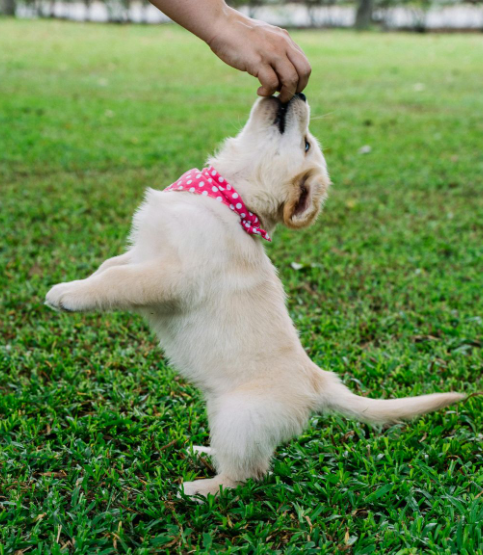
Be Consistent
Consistency is key when training puppies. Establish a routine early in the training process and be consistent with it as it will help your puppy get more comfortable with the lifestyle. Use the crate when it is sleep time or when you need to leave the house for a brief period. Being consistent in the times when your puppy should be in their crate will make for an easier adjustment, but always listen for when the puppy whines to come out of the crate to ensure they know you are there for them.
What Not To Do In Positive Crate Training
Don’t wait for your puppy to misbehave before putting them in the crate, that will invoke a negative connection to the crate. In early training, it is not recommended to leave your puppy unattended in the crate, having you by their side will help them remain calm. You also shouldn’t leave them in the crate all day and night, a puppy can become depressed and anxious if they aren’t getting enough exercise and human interaction. You need to be consistent with the positive environment you are creating to ensure your puppy fully trusts their space.
Positive crate training is essential when bringing your new puppy home. Being patient and consistent with your puppy will make the training process easier for everyone involved. Check out Blissful Paw’s puppy care page to learn more about taking care of your puppy. If you are looking to adopt, check out our Golden Retriever, Goldendoodle, and Mini Goldendoodle puppies that are waiting for a wonderful home!
